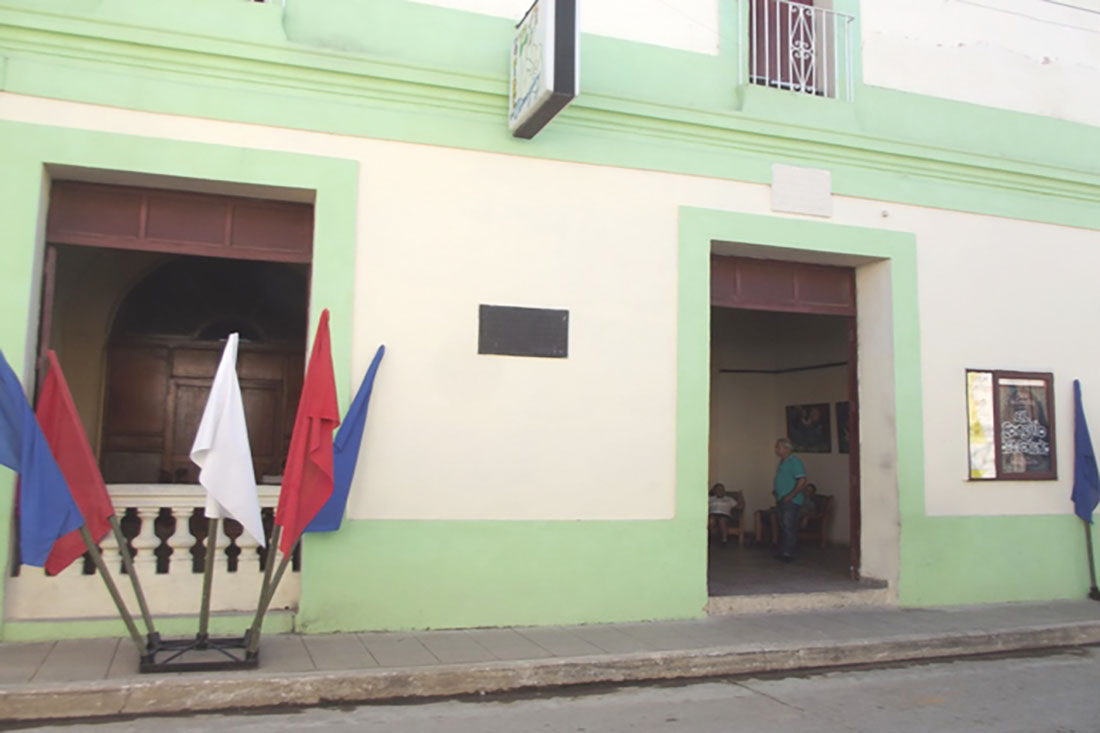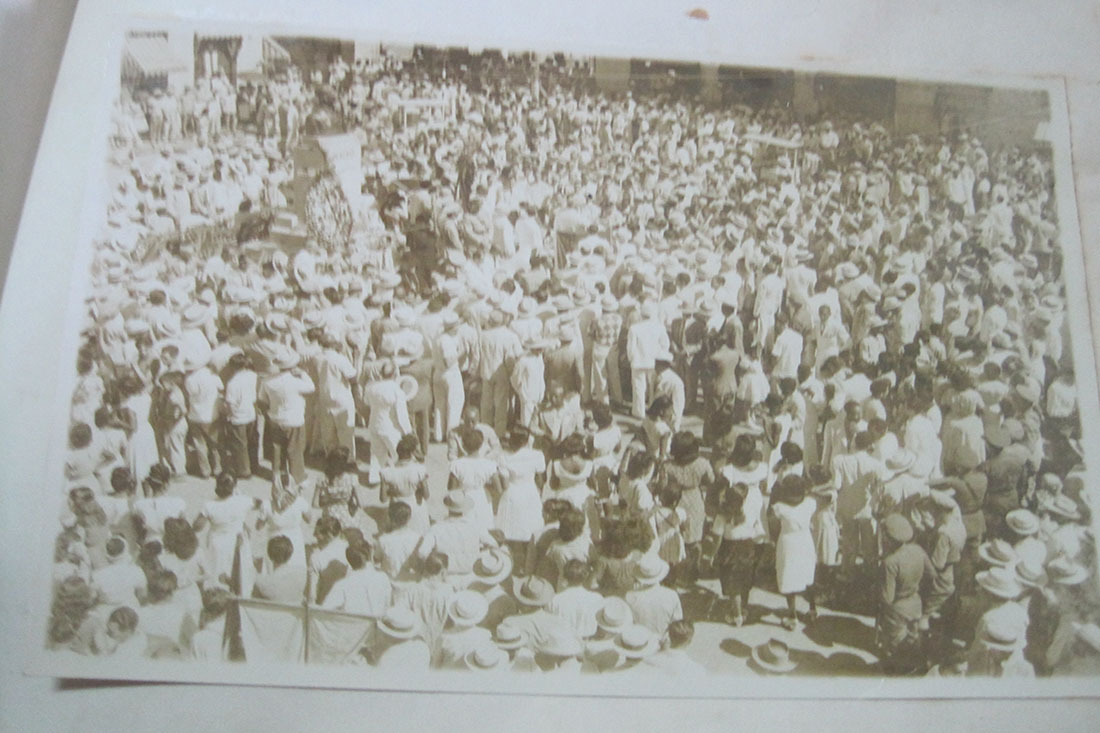On May 20th, 1947, the people of Camagüey unveiled the Bust of the Bronze Titan, Antonio Maceo Grajales, standing on a pedestal defined by art deco. Since then, every time the Homeland summons the square throbs.
Historical coincidences, 40 years earlier, that is, on May 20th, 1907, the Victoria Association opened its new establishment on Lugareño Street, no. 29 ꟷtoday it is the headquarters of the Guiñol theater, specialized for children’s audienceꟷ. This institution of civil society, was marked by its mambí lineage, its founders, had fought in the wars of independence and endowed its halls and membership with a unique imprint. Families with surnames such as Guillén, Páez, Luaces, Vélez, Abad, Cantero, Villalón, Casalís, among others, are still remembered and well loved.
On the other hand, the black Vedette, Candita Batista Batista and the National Poet, Nicolás Guillén, emerged from its halls, both of national and international scope with a singular prestige. Likewise, the magazine Lis was founded, directed by the brothers Nicolás and Francisco Guillén Batista. During the San Juan festivities they developed competitive children’s contests, adorned floats and prepared characterized parades.
The artist and the Bust of Maceo
Servando Pita Camacho was the artist chosen to undertake the Bust in bronze. That first thought: the sketches, calculations, analysis of materials, suggestions, are reflected in his stationery. Bronze was the only possible material for the torso, in which all those involved agreed.
The team was made up of Messrs. García and Crespo from the Minerva Foundry, in Havana, they melted the piece in less than 60 days. The master builder was Luis Masiá García. The public notary, Dr. Benjamín Agüero Pichardo.
The act was initiated by the prestigious Municipal Band that together with the floral offerings, the radio, photographs and the crowded people distinguished the unique moment. The intellectual Juan Marinello in an open letter expressed his satisfaction with the event.
Civic pilgrimages
From then on, civil society reconfigured the routes of civic pilgrimages according to the commemorative dates. Due to the social projection, the national and international scope of the hero, it was and is a space of forced confluence.
In this sense, Maceo Square is part of the patriotic walk of the town. Likewise, the sculpture of Salvador Cisneros Betancourt, the Unknown Soldier, the latter located in the park accredited as the Casino Campestre. Presided over by the famous monument, the equestrian sculpture of El Mayor Ignacio Agramonte Loynaz, in the park of the same name.
Relevance
Maceo Square is currently used on different historical dates by pioneers, youth, workers, combatants, teachers, among other segments of society. The dates of birth and death of Antonio are highlighted, linked to Operation Tribute, in honor of those who died while fulfilling internationalist missions.
The immortal Son of Mariana Grajales, The Mother of the Country is an essential part of the daily visual landscape.
In this space, popular fairs also find an opportune favor for the creation of handicrafts, exhibitions of rare and used books. It is also the appropriate intersection to shorten distances in the heartbeat of the heritage city.
A phrase of the hero
“I, for my part, do not have titles that make me superior to others, I confess that I pay blind homage to merit, because even if I had it, I would do it as long as it was about Cuba, since I wish its independence from the hands of whoever comes [ …] but since what I have is moral strength, that is what I will provide if necessary”. AMG
Bibliography
Fondo Ayuntamiento. Expediente que contiene solicitud, acuerdos, del Ayuntamiento y presupuestos para la erección de bustos (AHP)
Duany, Lídice (2014) 500 pensamientos maceístas, Ediciones Santiago, Santiago de Cuba, Cuba.
Translated by: Aileen Álvarez García








